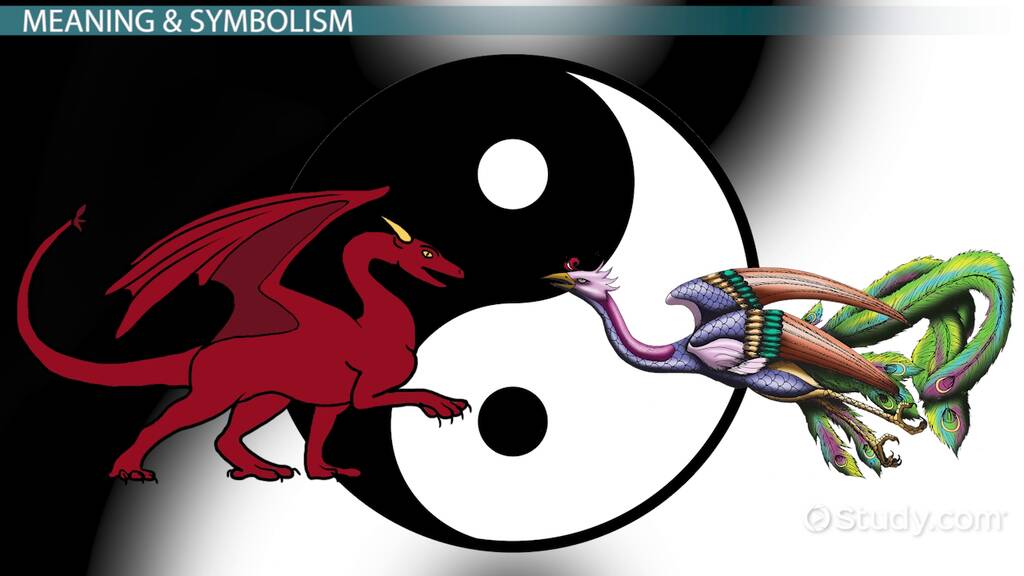The dragon and the phoenix are both powerful mythological creatures in Chinese folklore. The dragon symbolizes power, strength, and good fortune while the phoenix represents rebirth, immortality, and purity. The dragon is associated with the emperor and imperial power and is believed to control the elements of water, fire, earth, and air. In contrast, the phoenix represents the feminine principle of Yin and is often depicted as a bird with colorful feathers and the ability to create fire with its wings. Legends and stories featuring these creatures have been passed down through Chinese history and their symbolism continues to influence Chinese art, literature, and culture.
Dragons vs. Phoenixes: A Comparison of Chinese Mythological Beings
Introduction
As one of the oldest civilizations on Earth, China has given birth to a rich culture and mythology that continues to fascinate people to this day. Among the many fascinating mythological creatures in Chinese folklore are the dragon and the phoenix. These two beings have been revered and worshiped in China for thousands of years, and their symbolism continues to influence Chinese art, literature, and culture.
Origins and Symbolism
In Chinese mythology, the dragon and the phoenix are considered the most powerful and auspicious creatures. The dragon is the most iconic of all Chinese mythological beings, symbolizing power, strength, and good fortune. The dragon is believed to control the elements of water, fire, earth, and air, and is associated with the emperor and imperial power.
On the other hand, the phoenix symbolizes rebirth, immortality, and purity. In Chinese mythology, the phoenix is thought to represent the feminine principle of Yin, while the dragon represents the masculine principle of Yang. The phoenix is often depicted as a magnificent bird with colorful feathers, and its image is commonly used in Chinese art and architecture.
Appearance and Characteristics
The dragon and the phoenix are both majestic beings with distinct physical features and characteristics. The dragon is typically depicted as a long, scaled serpent with four legs and a fiery breath. In Chinese mythology, dragons can vary in size, with some being as small as a carp and others as large as a mountain. They are often shown with a pearl or a flaming pearl in their mouth representing good luck and power.
The phoenix, on the other hand, is a colorful bird with a long, flowing tail of red, gold, and green feathers. It is often depicted holding a branch of peaches in its beak, symbolizing longevity and prosperity. Phoenixes are said to have the ability to create fire with their wings, and their feathers are believed to have healing powers.
Legends and Stories
The dragon and the phoenix have been the subject of countless myths and legends throughout Chinese history. One famous legend is the story of the Dragon King, who ruled the underwater kingdom of the sea. In this story, the Dragon King steals a magical pearl from the eyes of the phoenix to give to his queen, leading to a battle between the two legendary creatures.
Another well-known legend is the fable of the phoenix, who is said to burst into flames and be reborn from its own ashes. This story represents the cyclical nature of the universe and the concept of reincarnation.
Conclusion
The dragon and the phoenix are two of the most iconic and beloved mythological creatures in Chinese culture. The dragon represents power, strength, and good fortune, while the phoenix symbolizes rebirth, immortality, and purity. Both creatures have been revered and worshiped in China for thousands of years, and their symbolism continues to influence Chinese art, literature, and culture. Whether you prefer the fiery intensity of the dragon or the gentle beauty of the phoenix, these two legendary beings are sure to captivate your imagination and inspire your spirit.
